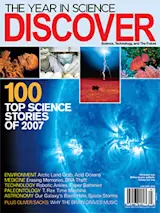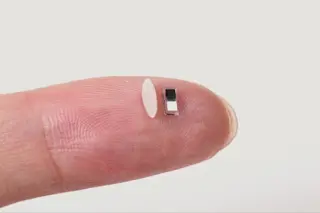On September 4, geneticist Craig Venter invited the world to take a peek at his DNA. The first person ever to do so, the entrepreneur and science showman published his entire individual genetic sequence in a scientific journal. Replicating Venter’s $70 million technological feat is too costly for most of us, and it’s not clear what good it would serve to know that, like Venter, one has a genetic marker for wet earwax—or Alzheimer’s disease, which can’t be prevented or cured.
Venter’s stunt is nevertheless a fitting symbol for 2007, a year marked by milestones in the quest for personalized medicine. “This will be seen as the year things turned the corner,” says Huntington Willard, director of the Duke Institute for Genome Science and Policy in Durham, North Carolina. “Patients are receiving genomic tests and benefiting from them; there are real live people being taken care of now.”
In February, ...














